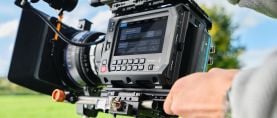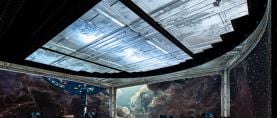
Ikegami HDK-73 and HDK-99 Broadcast Cameras
IBC 2018: The company’s HDR range of cameras expands, plus six new monitors.
IBC 2018: The company’s HDR range of cameras expands, plus six new monitors.
Exhibiting in stand 12.A31 during IBC this September 14-18th in Amsterdam, Ikegami will showcase two new cameras and their latest monitors, several of which are offered as HDR solutions easily incorporated into running broadcast workflows.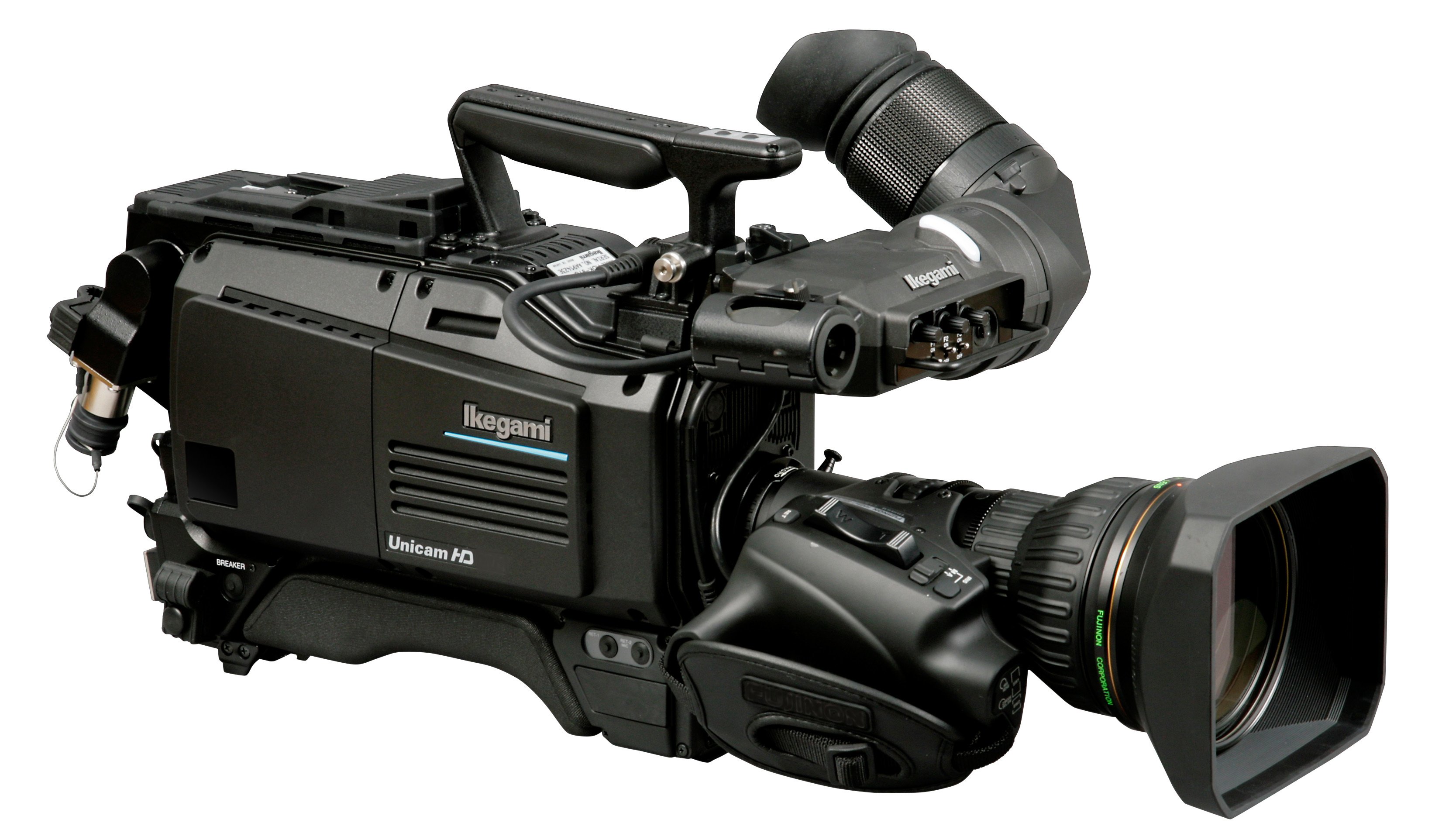
Succeeding the popular HDK-95C as flagship in Ikegami’s Unicam HD series, the docking-style HDK-99 camera has three-2.6-megapixel-chip CMOS sensor and 1920 x 1080 progressive resolution capture.
To add the HDK-99 to prior setups, the camera processes output from control unit at up to 4K, supporting mixed format environments, including internal offerings for 1080p/59.94, 1080p/50, 1080i/119.88 and 1080i/100 for 3G HDTV formats.
The sensor also captures natively at 1080i /59.94, 1080i/50, 720p/59.94, 720p/50, 1080p/29.97, 1080p/25 and 1080p/23.98. With less than 62 dB of noise and sensitivity as high as (f/12), the Ikegami AXII processor provides fast and precise color matching for live multi-camera applications.
In addition to Quick EZ Focus Assist for critical focal adjustments, a Lens Aberration Correction function will minimize loss to resolution and color fringing from any lens deviations.
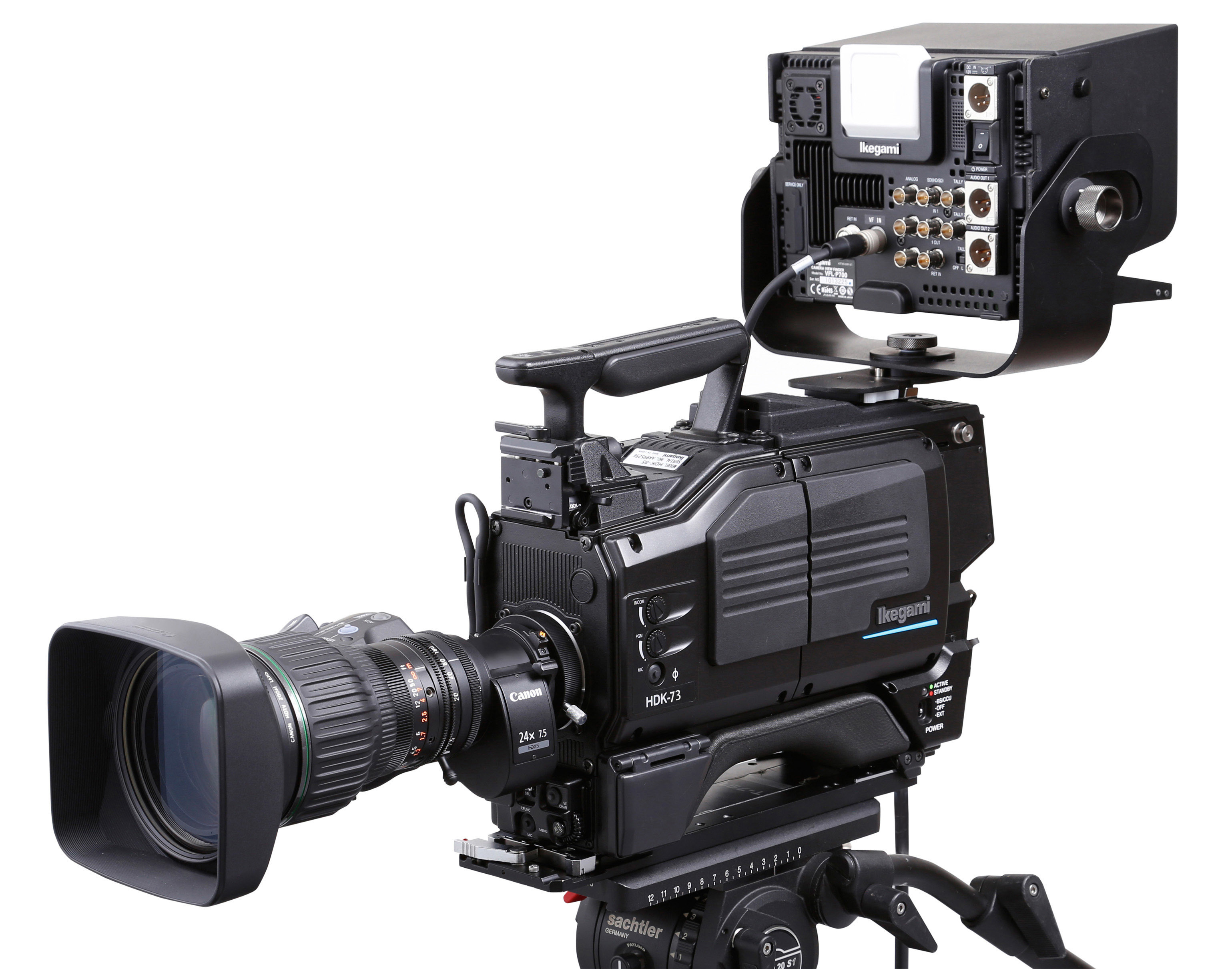
A second HDR camera release, the Ikegami HDK-73, is a dockable multi-role 1080i high-definition camera system that comes with CCU, connecting fibre, viewfinder, and remote control. Natively supporting 1080i/59.94 and 1080i/50, as well as 720p/59.94 and 720p/50 in progressive formats, the 1920 x 1080 2/3" 2.6-megapixel CMOS sensor can be fitted with optional anti-moiré filter that can help to address the interlace scan.
Independent horizontal and vertical correction for red, green, and blue signals add to the picture controls. Featuring a high sensitivity—(f/13) at 50 Hz—it has dynamic range of 600% in normal mode with a wider latitude available at 1200% in the HLG mode, designed for HDR-broadcast cable, satellite and live TV. Conforms in the HLG mode are made to the ITU-R BT.2100 international standard of contrast ratios for HDR.
Hybrid log gamma processing can be selected by the camera operator to enable HDR. A dock-able structure for studio configurations, it includes fibre base stations — with fibre adapter that can affix directly to the head — and self-contained operations through a camera adapter for wireless or onsite video capture applications.
Wireless transmission solutions and solid-state recorders can also be attached to the camera for live sports, news gathering or field production. “The Ikegami strategy is to support and encourage the highest possible production standards without forcing the pace of technical development faster than broadcasters choose to adopt,” said Michael Lätzsch, Broadcast & Professional Video Division Manager at Ikegami Electronics (Europe) GmbH, via the press release.
"Lighting in television studios is carefully controlled to prevent over-exposure of highlights or corresponding under-exposure of shaded areas. Broadcasters televising large public events from locations such as open-air stadiums or theatre auditoriums face the much greater challenge of real-world lighting; from very bright sunlight on white stadium canopies to the darker detail of shaded viewing stands.
"Our HDK-99 and HDK-73 cameras allow the full dynamic range to be captured within a single exposure setting, eliminating the need to adjust the optical aperture or imaging sensitivity in mid shot. The difference in picture quality is nothing short of stunning when viewed on HDR-compatible displays such as our new HQLM-3125X broadcast production monitor.”
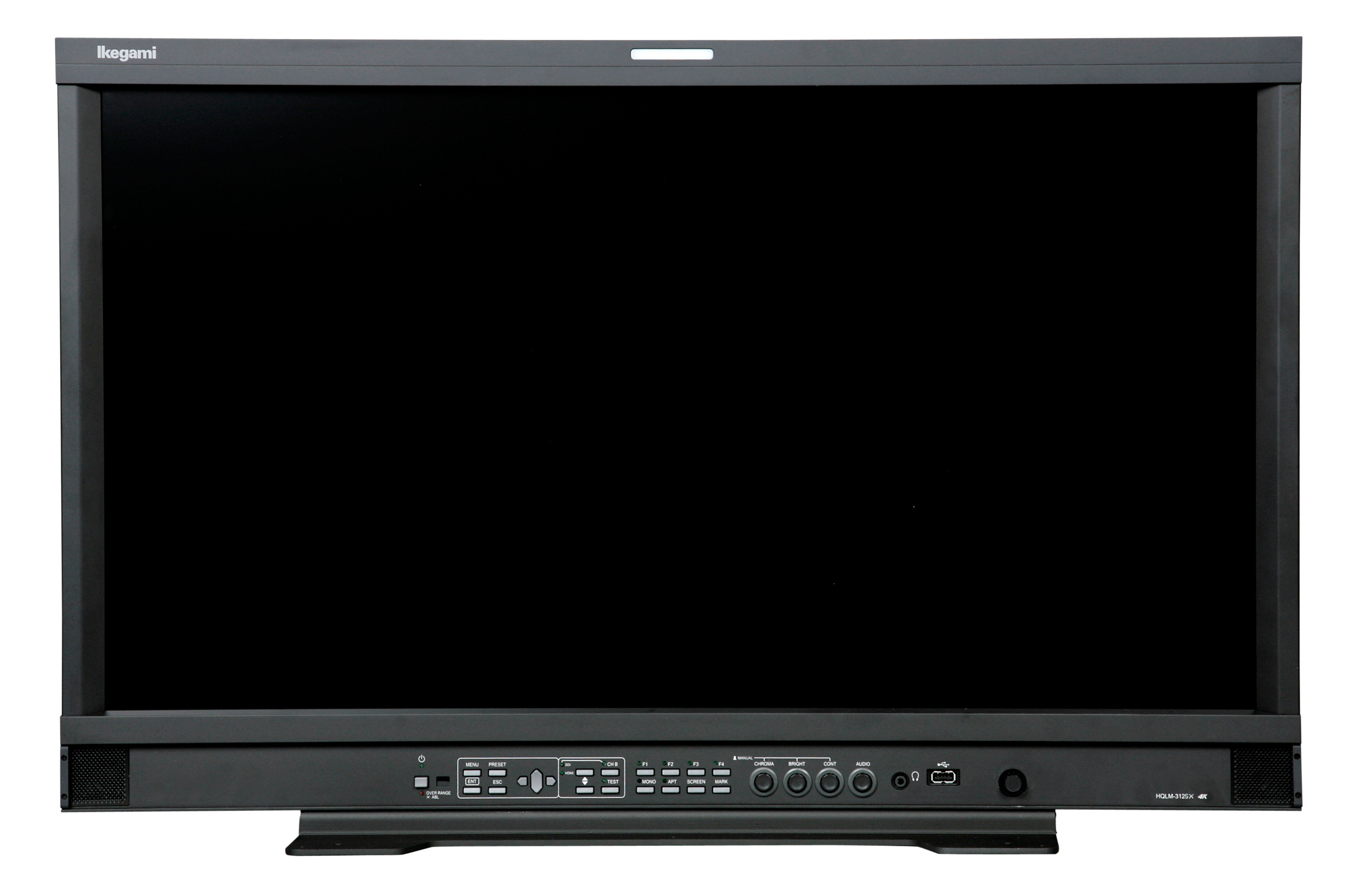
Their latest HDR solutions also includes the HQLM-3125X 4K/HD master monitor. For HDR broadcasts, the 4096 x 2160 pixel, 10-bit resolution, LED-backlit double-LCD panel has 1,000,000:1 contrast ratio and panel brightness of 1,000 candela-per-square-meter.
Meeting the BT.2020 standard for wide color gamut, the HQLM-3125X has verbose inputs, like two single-channel 12G-SDI ins, five 3G-SDI, a 3G/HD-SDI, and a HDMI, as standard. (Square-division and two-sample interleave sources can be connected via four of the 3G-SDI.)
With 178-degree viewing angle from both horizontal and vertical positions, it will also operate as waveform monitor and vectorscope. The display will run vertical-interval timecode, eight channel SDI-embedded audio level, and closed-caption subtitles.
Offering a distillation of these features, the HQLM-3125X 4K/HD master monitor will be followed for display at IBC by five other recent additions to the HQLM and HLM families. Topping them off in features, the 31" 4K/HD HQLM-3120W holds two 12G-SDI connections for cameras and switchers plus 3G-SDI, HD-SDI, and HDMI input channels.
There are four additional possibilities. The HQLM-1720WR has 16.5-inch, 3840 x 2160-pixel UHD LCD panel, while the 24" HLM-2460W with 450-candela-per-square-meter, 10-bit resolution LCD panel also comes with Ethernet and VBS inputs. The smaller HLM-1760WR 17" display is otherwise exactly the same as the HLM-2460W. Finally, the highly compact HLM-960WR multi-format LCD monitor with a 9" full-HD 1920 x 1080-pixel 400 candela per square meter 8-bit resolution is a LCD panel.
Follow Ikegami on Facebook.
Stay up to date with American Cinematographer on Facebook, Instagram and Twitter.
